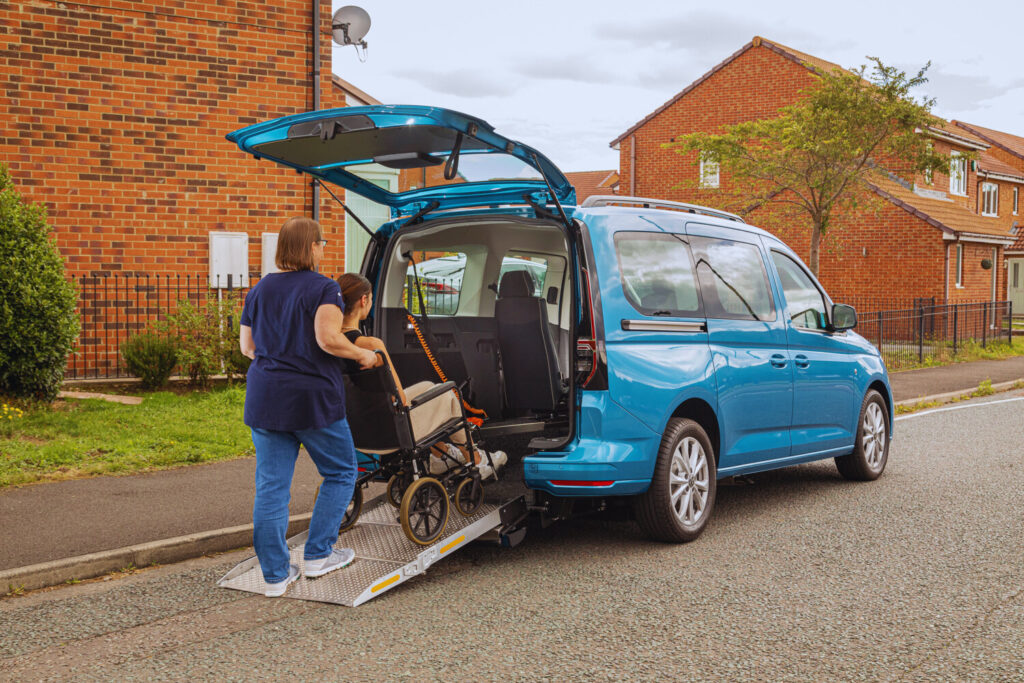Dealing with a disabled vehicle can be a stressful and potentially dangerous situation for any driver. Whether it’s a flat tire, engine trouble, or any other mechanical issue, being prepared and knowing how to handle the situation is crucial for ensuring safety on the road. In this comprehensive guide, we’ll explore the best practices for managing disabled vehicles safely and efficiently.
Preparing for Potential Vehicle Issues
Regular Maintenance Checks
Regular maintenance is key to preventing many common vehicle issues. Make sure to schedule routine check-ups for your vehicle, including oil changes, tire rotations, and brake inspections. This can help identify potential problems early on and prevent them from turning into major issues later.
Emergency Kit Essentials
Having an emergency kit in your vehicle is essential for handling unexpected breakdowns. Some items to include in your kit are:
- Jumper cables
- Spare tire and jack
- Flashlights with extra batteries
- First aid kit
- Basic tools
- Water and non-perishable snacks
Safe Handling of Disabled Vehicles
Pull Over Safely
If you notice any signs of trouble while driving, such as strange noises or dashboard warning lights, pull over to a safe location as soon as possible. Avoid stopping on busy roads or blind curves. Use hazard lights to alert other drivers to your situation.
Assess the Situation
Once safely parked, assess the situation to determine the extent of the problem. Try to identify the issue and determine whether it’s something you can fix on your own or if you’ll need professional assistance.
Contact Assistance
If you’re unable to resolve the issue on your own, contact roadside assistance or a towing service for help. Be prepared to provide your location and a description of the problem to expedite the process.
Stay Safe While Waiting
While waiting for assistance to arrive, stay inside your vehicle with doors locked and windows rolled up. If you need to exit the vehicle for any reason, do so cautiously and be aware of your surroundings.
Preventing Future Issues
Regular Inspections
Regularly inspecting your vehicle for signs of wear and tear can help prevent future breakdowns. Pay attention to things like unusual noises, vibrations, or changes in performance, and address them promptly.
Proper Driving Habits
Practicing good driving habits can also help prevent vehicle issues. Avoid aggressive driving, speeding, and sudden stops, as these can put unnecessary stress on your vehicle’s components.
Emergency Response Training
Consider taking a defensive driving course or an emergency response training program to better prepare yourself for handling unexpected situations on the road.
Frequently Asked Questions (FAQs)
1. What should I do if my vehicle breaks down on a busy highway?
If your vehicle breaks down on a busy highway, the first step is to safely pull over to the side of the road as far away from traffic as possible. Turn on your hazard lights to alert other drivers of your situation. If possible, exit your vehicle and stand a safe distance away from traffic while waiting for assistance.
2. Can I attempt to fix the issue myself if my vehicle breaks down?
In some cases, you may be able to address minor issues yourself, such as changing a flat tire or jump-starting a dead battery. However, if you’re unsure about how to safely fix the problem or if it requires specialized tools or knowledge, it’s best to contact roadside assistance or a professional mechanic for help.
3. How can I prevent my vehicle from breaking down in the first place?
Regular maintenance and inspections are key to preventing vehicle breakdowns. Make sure to schedule routine maintenance checks for your vehicle and address any issues promptly. Additionally, practicing good driving habits and avoiding aggressive maneuvers can help reduce wear and tear on your vehicle’s components.
4. What should I do if I’m in an unfamiliar area and my vehicle breaks down?
If you find yourself in an unfamiliar area and your vehicle breaks down, try to stay calm and assess your surroundings. Look for nearby landmarks or businesses that can help you provide your location for roadside assistance or emergency services. If you feel unsafe, consider contacting local law enforcement for assistance.
Conclusion: Ensuring Safety on the Road
Managing disabled vehicles can be a challenging experience, but with the right preparation and knowledge, it can be handled safely and efficiently. By following the tips outlined in this guide, you can ensure your safety and the safety of others while on the road.

